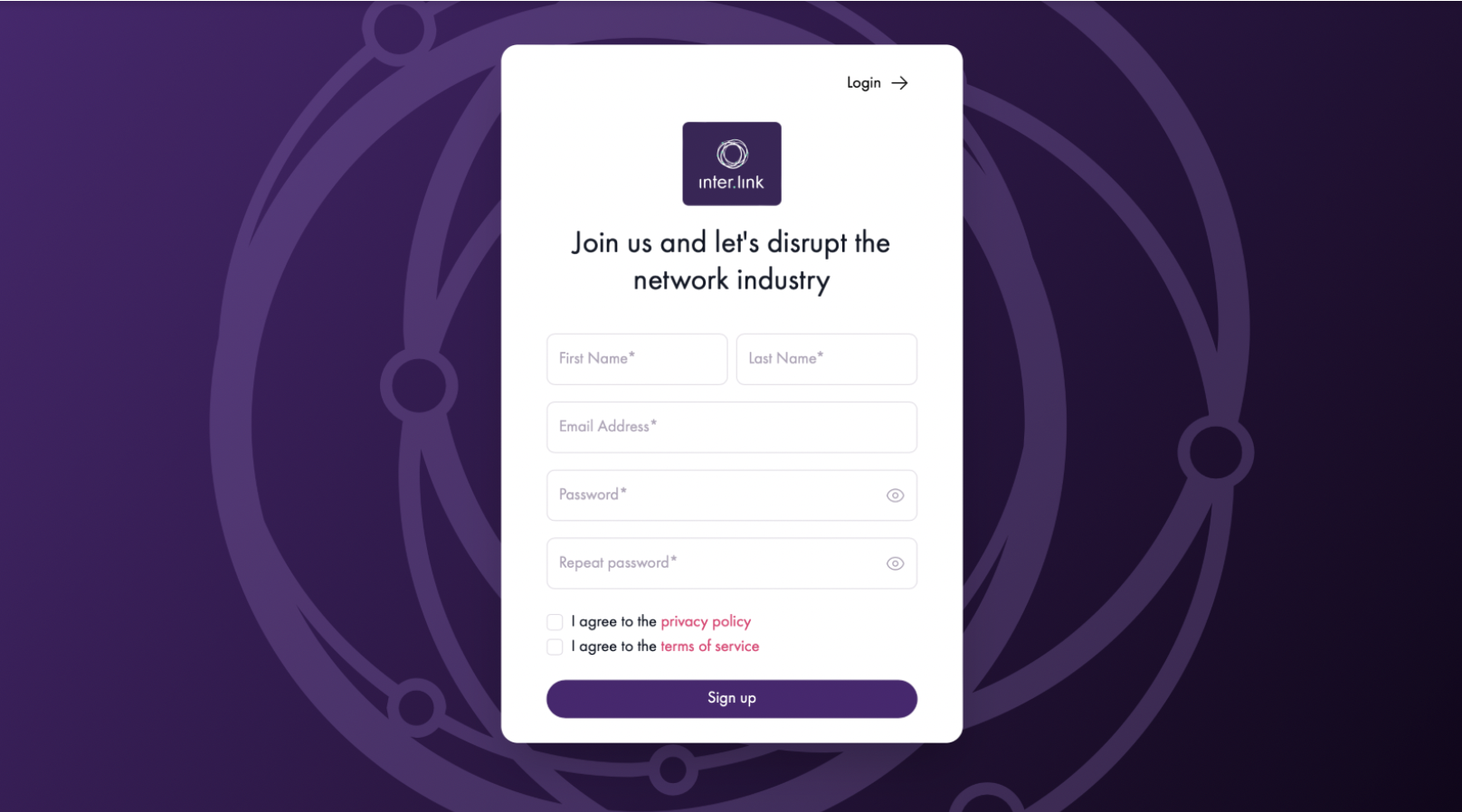Knowing and managing IP Pricing of transit is critical for businesses that depend on efficient, cost-effective data transfer. IP transit prices are typically expressed in Mbps units, depending on the size and commitment of the data speed. The minimum commitment, for example is 1G when you select a 10G Port. The per-unit fee will be lower the more rate of data. We’ll take a deeper look at the different factors and strategies for optimizing IP transportation costs.
Factors Influencing IP Transit Pricing
IP Transit pricing is affected by a variety of variables like:

Committed Data rate (CDR). The size of the CDR has a significant impact on your per Mbps charges. A larger CDR will result in lower prices per Mbps, permitting discounts on commitments with greater amounts.
Port Size: The physical dimension of the port (e.g. 1G 10G 100G) you choose determines the minimum commitment amount and can affect pricing.
IP transit ports support expanding beyond the CDR. Burst traffic is typically priced at the same rate per Mbps rate, giving flexibility in dealing with traffic spikes without an rise in CDR.
Geographical location: Prices may be different based on the geographical area of the data centers and the geographic coverage of the IP transit provider’s network.
Quality of Service (QoS). Higher levels of service, and features like DDoS Protection and advanced routing can impact the price.
Costs of IP transit
To determine IP transport costs accurately you must be aware of the usage patterns of your data. You must also choose the appropriate CDR. You can reduce these costs by following these steps:
Analyze Data Usage: Monitor your data usage to identify high-usage times and the average amount of data transferred.
Choose the appropriate CDR for your needs Choose a CDR which covers the average usage of your account while taking into consideration possible bursts. Overcommitting could result in more expensive charges for traffic in bursts.
Consider Bursts. Consider traffic surges and the costs associated with them in accordance with the pricing model of your service provider.
Optimizing IP Transit Costs
Think about the following strategies for optimizing IP costs for transportation:
Aggregated commitments: If are a company with multiple locations, aggregated commitments may be a good option. This will allow the spread of your CDR to several locations, potentially reducing total costs and increasing efficiency.
Negotiate Contracts: Engage in negotiations with your IP transit service provider. Savings can be found by negotiating volume discounts or long-term contracts.
Monitor and Adjust: Regularly examine your usage and make adjustments to your CDR as needed. Avoid overpaying for unused capacity or incurring high fees for traffic that is burst by fine-tuning your commitments.
Choose the Right Service Provider Choose a service company with competitive pricing and quality services. Look at their geographical reach in addition to their quality of service and additional features that align with your company’s needs.
IP Transit and Network Performance
IP transit is crucial for high-quality network connectivity and internet connectivity. Businesses can reap the benefits of investing in IP transit by:
Improve Reliability. A reliable IP transit provider provides an uninterrupted and continuous data stream, which is vital for business operations.
Reduce Latency: Top IP transit providers have efficient routing and peering arrangements that can reduce latency.
Scale with Flexibility : Modular IP transit solutions that can be adaptable allow companies to increase their network capacity to keep pace to the growing demands.
Case Study: Successful IP Transit Optimization
Imagine a medium-sized company with offices located in various locations. Through optimizing the CDR and consolidating its commitments using a comprehensive analysis of its traffic, the company could reduce its overall IP transit costs by 20%. After negotiating with their provider on a long-term deal that allowed the company to obtain a discount of 10% on the per-Mbps cost. Click here for IP transit pricing
The conclusion of the article is:
Understanding the concept of IP Transit Pricing and implementing cost-management strategies is vital for companies which depend on the robust and efficient transmission of data. By optimizing CDR by leveraging aggregated commitments, as well as selecting the best service provider, businesses can realize significant cost savings while still maintaining top-quality network performance. Being informed and flexible will enable you to ensure you have a successful IP transit strategy as the digital landscape shifts.